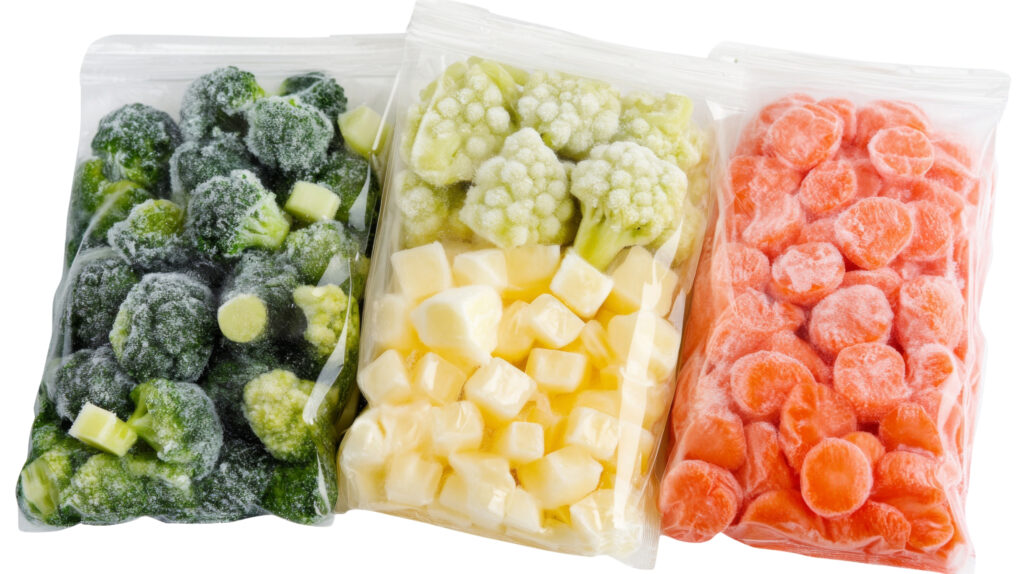Some Processed Foods Fit Into a Healthy Lifestyle
go.ncsu.edu/readext?1095400
en Español / em Português
El inglés es el idioma de control de esta página. En la medida en que haya algún conflicto entre la traducción al inglés y la traducción, el inglés prevalece.
Al hacer clic en el enlace de traducción se activa un servicio de traducción gratuito para convertir la página al español. Al igual que con cualquier traducción por Internet, la conversión no es sensible al contexto y puede que no traduzca el texto en su significado original. NC State Extension no garantiza la exactitud del texto traducido. Por favor, tenga en cuenta que algunas aplicaciones y/o servicios pueden no funcionar como se espera cuando se traducen.
Português
Inglês é o idioma de controle desta página. Na medida que haja algum conflito entre o texto original em Inglês e a tradução, o Inglês prevalece.
Ao clicar no link de tradução, um serviço gratuito de tradução será ativado para converter a página para o Português. Como em qualquer tradução pela internet, a conversão não é sensivel ao contexto e pode não ocorrer a tradução para o significado orginal. O serviço de Extensão da Carolina do Norte (NC State Extension) não garante a exatidão do texto traduzido. Por favor, observe que algumas funções ou serviços podem não funcionar como esperado após a tradução.
English
English is the controlling language of this page. To the extent there is any conflict between the English text and the translation, English controls.
Clicking on the translation link activates a free translation service to convert the page to Spanish. As with any Internet translation, the conversion is not context-sensitive and may not translate the text to its original meaning. NC State Extension does not guarantee the accuracy of the translated text. Please note that some applications and/or services may not function as expected when translated.
Collapse ▲While choosing farm-fresh produce has many benefits, it does require some time commitment for processing. Most all foods go through some processing before they are consumed. Even pre-washed salad greens have been processed to remove potentially harmful substances. There are many affordable, processed foods that provide important nutrients for busy lifestyles.

Frozen broccoli, cauliflower, and chopped carrots are stored in plastic bags, ensuring long-lasting freshness and convenient meal preparation
A few examples are frozen fruits and vegetables without a sauce, spaghetti sauce, whole grain pasta, salsa, hummus, unsalted nuts, minimally processed nut butters, and canned vegetables and beans that have been rinsed. Whole grain bread and low sugar cereals are considered processed but may be included in nutritious diets.
Ultra-processed foods have recently been in the spotlight. When I hear this term, visions of a typical break room come to mind, with chips, donuts, cookies and sodas on the table. The US does not have an official definition of what an ultra-processed food is, although the FDA and USDA are working on developing one. Currently, the most popular system for classifying processed foods is called the Nova. It was developed by the School of Public Health at the University of São Paulo in Brazil. They define ultra-processed foods as industrial formulations composed of refined ingredients, additives and minimal to no whole foods. There are four groups of processed foods, with group 1 being the least processed and group 4 being the most.
According to the US Health and Human Serves website, “it’s estimated that approximately 70% of packaged products in the U.S. food supply are foods often considered ultra-processed, and that children get over 60% of their calories from such foods. Dozens of scientific studies have found links between the consumption of foods often considered ultra-processed with numerous adverse health outcomes, including cardiovascular disease, Type 2 diabetes, cancer, obesity and neurological disorders. Helping to address overconsumption of ultra-processed foods is a key element to Make America Healthy Again.”
My professional association, The Academy of Nutrition and Dietetics states, “food considered ultra-processed may have added sugars, saturated fats and sodium, which have been shown to contribute to chronic diseases when consumed in excess. Other concerns related to ultra-processed foods stem from what’s introduced during processing, including additives, byproducts and packaging materials. Food additives such as artificial sweeteners, emulsifiers and preservatives are commonly used to enhance flavor, texture and shelf life, but the long-term health impacts of some additives remain under scientific investigation.”
Ever eaten a huge amount of packaged snack food and still not felt satisfied? That’s because food that has been structured to melt in your mouth may be less filling and satisfying per bite. Artificial flavoring, along with salt and sugar stimulates reward related pathways in the brain, potentially making you want to eat more.
It’s important to understand the difference between processed and ultra-processed foods and make smart nutritional choices that work for your health goals and schedule. Instead of avoiding all processed foods, let common sense prevail. Eat fewer ultra-processed foods high in added sugars, sodium and saturated fat and more nutrient-dense foods such as vegetables, fruits, whole grains and lean proteins.
Margie Mansure is an extension agent with N.C. Cooperative Extension. As a registered dietitian/nutritionist chef, she offers nutrition and cooking classes to community members.




